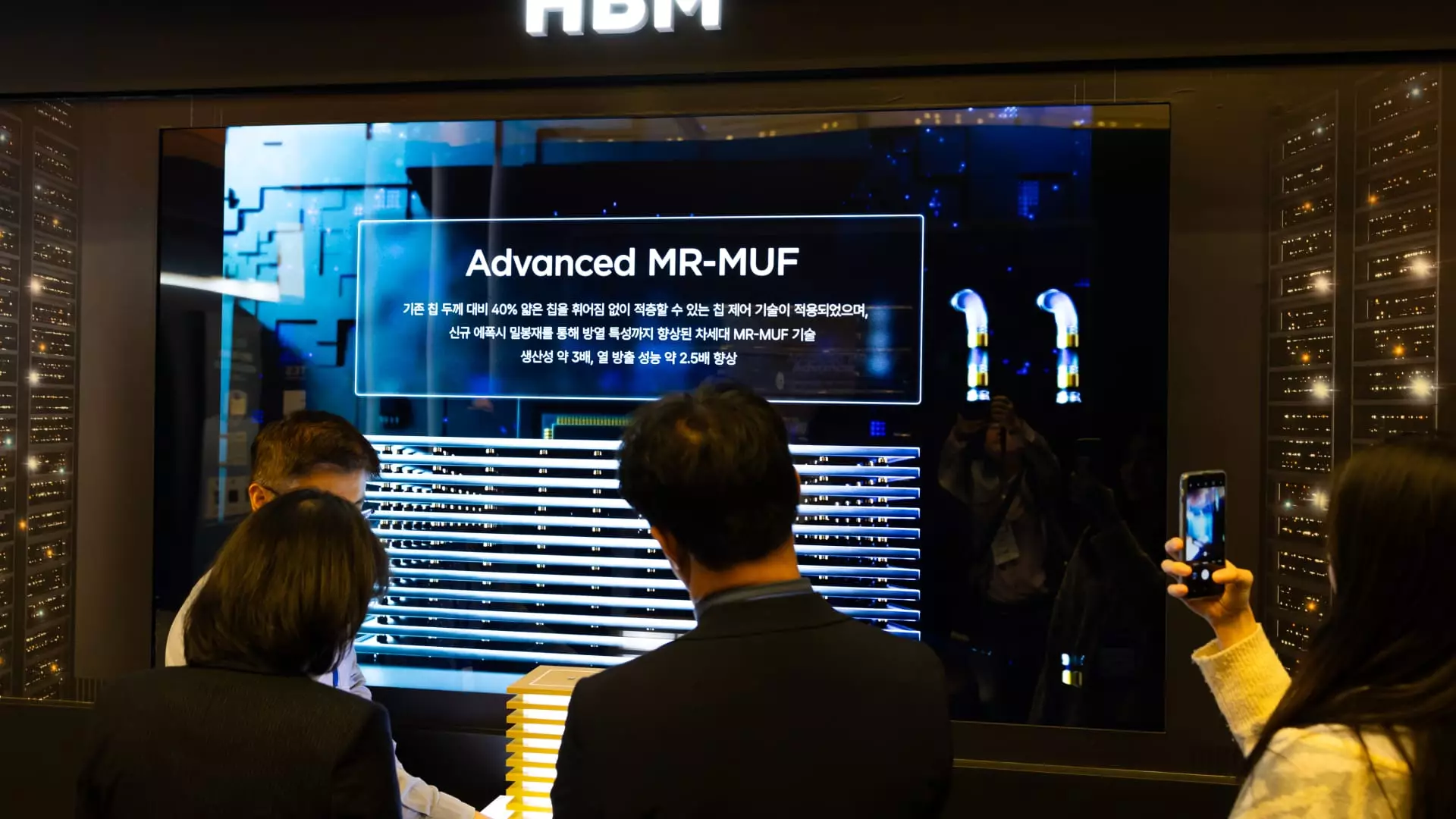In a calculated response to the looming threat of U.S. tariffs, South Korea has unveiled an ambitious support package amounting to 33 trillion won ($23.25 billion) aimed at bolstering its semiconductor sector. This funding initiative is not merely a reaction to external pressures; it reflects a strategic vision that emphasizes the importance of semiconductors as a cornerstone of South Korea’s economic vitality. The rhetoric from the United States, particularly from President Trump regarding tariff evaluations on imported semiconductors, has created a cloud of uncertainty, pushing South Korea to fortify its defenses in a crucial area.
The Power of Investment
By increasing its investment in the semiconductor industry by almost 25% compared to last year, South Korea is signaling that it values innovation and resilience over fear. The government’s plan to subsidize underground power transmission for semiconductor clusters and to raise the funding ratio for infrastructural development illustrates a proactive approach. This is not just about survival; it’s about thriving in a competitive global landscape where technological supremacy is pursued aggressively. The move to extend low-interest loans will help both established giants and budding innovators to navigate an increasingly treacherous market terrain.
Human Capital Development
Adding depth to its investment strategy, South Korea has wisely recognized the significance of nurturing local talent. By allocating resources for training programs and advanced research initiatives aimed at domestic master’s and doctoral students, the government is investing in the intellectual backbone necessary for sustaining its semiconductor prowess. This human capital strategy is critical; without skilled personnel, even the most well-funded industries can fall short of their potential. The commitment to foster international collaborations further broadens the horizon for fresh ideas and innovation—an essential ingredient for remaining competitive.
Market Implications and Global Context
The optimistic response in the South Korean stock market, with notable gains for industry leaders like Samsung and SK Hynix, underscores the investor confidence stemming from the government’s support package. However, this positive market reaction should not mask the grim reality of an intensely competitive global semiconductor industry, embroiled in geopolitical tensions. With the U.S. Department of Commerce launching investigations into the national security implications related to semiconductor imports, South Korea’s timely maneuver becomes all the more critical.
A Call for Strategic Autonomy
In navigating these turbulent waters, South Korea is advocating for a degree of strategic autonomy. While tariffs may be used as tools of economic negotiation, the reality is that innovation and technological capability are currency in their own right. As the country fortifies its semiconductor industry against unilateral moves from the U.S., it simultaneously sends a clear message about the value of international cooperation balanced by national interests. The South Korean narrative is not just about defending against external pressures, but about constructing a robust future that can withstand the vicissitudes of global economic policy.



Leave a Reply